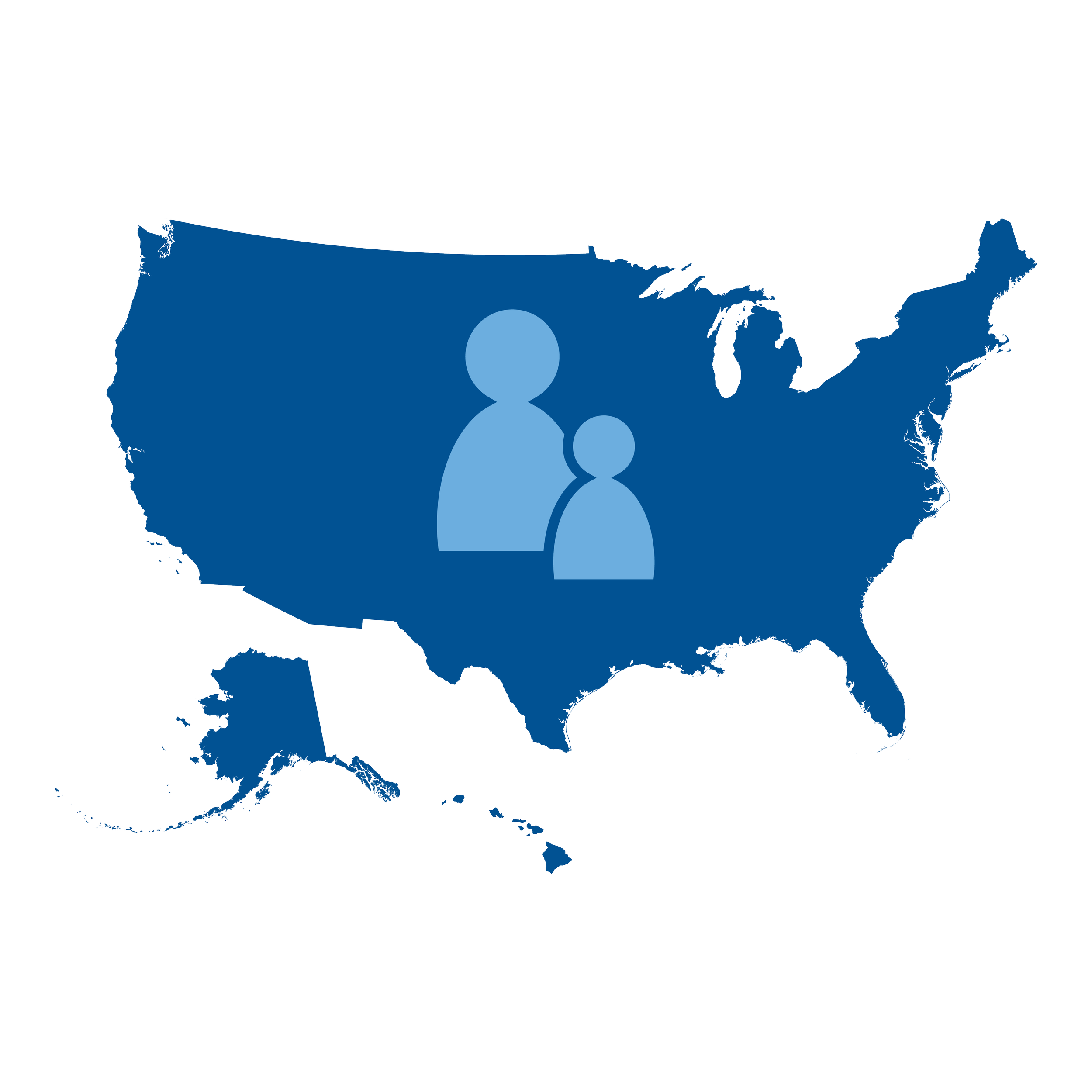
Government initiatives cut child poverty in New York City in 2021, but many policies are no longer in effect
This year’s Poverty Tracker report spotlights the temporary pandemic relief programs that dramatically — but only briefly — brought child poverty in New York City to historic lows. The reduction in poverty rates highlighted in the report shows that government policy can be an effective poverty-fighting tool.

Monthly poverty increased in June 2022 & remained elevated in July 2022
Monthly poverty rates increased from May to June and remained elevated in July. The monthly poverty rate for the total population in June was 14.7%, the highest rate observed so far in 2022.

Monthly poverty rose in April and May 2022 after temporary tax time dip
Monthly poverty rates rose in April to 13.0% and May to 14.1% following the temporary dip in March when most refundable tax credits were delivered. The monthly child poverty rate rose to 14.1% in April and 16.6% in May.

Tax credits give income boost, but regular monthly cash payments would reduce poverty year round
The tax filing season is an important one for many families as it provides meaningful boosts to family income and a temporary dip in monthly poverty rates. However, in recent research we find that regular monthly cash payments would help reduce poverty year round.

3.4 million more children in poverty in February 2022 than December 2021
Monthly poverty remained elevated in February 2022, with a 14.4 percent poverty rate for the total US population and 16.7 percent for children.

3.7 million more children in poverty in Jan 2022 without monthly Child Tax Credit
Without the monthly Child Tax Credit, the child poverty rate increased from 12.1 percent in December 2021 to 17 percent in January 2022, the highest rate since the end of 2020.

December Child Tax Credit kept 3.7 million children from poverty
The sixth Child Tax Credit payment kept 3.7 million children from poverty in December. In absence of a January payment, the monthly child poverty rate could potentially increase from 12.1 percent to at least 17.1 percent in early 2022.

November 2021 Child Tax Credit payment kept 3.8 million children from poverty
According to our latest projections, the expanded Child Tax Credit kept 3.8 million children from poverty with its fifth monthly payment in November 2021.

Expanded Child Tax Credit continues to keep millions of children from poverty in September 2021
According to our latest projections, the expanded Child Tax Credit kept 3.4 million children from poverty with its third monthly payment in September 2021.

Second Child Tax Credit payment keeps 3.5 million children out of poverty
According to our latest projections, the child poverty rate declined from 11.9 percent in July 2021 (the month featuring the first CTC payment) to 11.5 percent in August 2021. Without the CTC, the monthly child poverty rate in August 2021 would have been 16.2 percent.

Child poverty drops in July with the Child Tax Credit expansion
According to our latest projections, the monthly SPM poverty rate for children fell from 15.8 percent in June to 11.9 percent in July 2021, representing a decline of 3 million children living in poverty. This drop in child poverty is primarily due to the first payment of the expanded Child Tax Credit.

Monthly poverty will spike without CARES Act unemployment benefits
This report projects monthly poverty rate estimates for January 2021. It examines poverty in the U.S. depending on whether or not pandemic-related federal unemployment assistance continues past December 2020. We find that if the remaining unemployment provisions of the CARES Act expire at the end of 2020, the number of people in poverty in January 2021 will increase by approximately 4.8 million.

Parental unemployment reaches historic highs during the COVID-19 pandemic
The COVID-19 pandemic has led to high rates of unemployment and hardship for families with children with potential long-term consequences for child well-being and development. Urgent policy action is likely needed to prevent long-lasting, detrimental effects on child well-being and development.

The CARES Act could reduce poverty to pre-crisis levels if access is adequate
In response to rapidly rising unemployment rates, Congress passed the Coronavirus Aid, Relief, and Economic Security Act, which included nearly $500 billion in direct income transfers for families across the country. In this brief, we apply new forecasting methods to project the effect of the CARES Act’s income transfers on poverty rates.

Poverty in the United States could reach highest level in over 50 years
To what extent will the COVID-19 pandemic increase levels of poverty in the United States? In this brief, we apply a novel method for forecasting poverty rates in the United States using the Supplemental Poverty Measure (SPM) framework with a goal of providing projections of poverty rates throughout the COVID-19 crisis.
